Desirable Difficulties: Taking the Path of MORE Resistance to Enhance Learning
Taking the path of least resistance seems to be a rule of nature. Rivers flow around mountains instead of going through them. Plants will take the easiest route when trying to reach for the sun. People would rather watch the movie than read the book. But when it comes to learning, taking the path of more resistance is the better path to travel.
Whether you’re studying for the SAT, teaching math to elementary children, or trying to improve your swim stroke, introducing difficulties, or challenges, during practice can greatly improve retention. Dr. Robert Bjork, Distinguished Research Professor of Psychology at UCLA, introduced the concept of desirable difficulties in 1994 to capture this idea—that short-term pain can lead to long-term gain. According to Bjork:
“…when embarked on any substantial learning enterprise we should probably find the absence, not the presence, of errors, mistakes, and difficulties to be distressing…”
I will now briefly touch on the five desirable difficulties that have received the most empirical support by learning scientists around the world. (FYI: Each of the following desirable difficulties, including why each is thought to be effective, is discussed at length in various articles and videos on Lasting Learning’s website.)
(1) Spacing. We all know—many of us from personal experience—that students often cram for upcoming exams: They study the material over and over again for hours on end. This is what learning scientists call massed practice, and research suggests that it’s of very little help when it comes to producing long-term learning. Sure, it might help you pass your exam the next morning, but it won’t lead to any sort of lasting retention. For that to happen, spacing out study sessions with time is a better way to go. For example, it’s better to study a chapter on the water cycle once a day for 5 days than it is to study the chapter 5 times in 1 day. The amount of time spent learning about the water cycle would be the same in both cases, but the spaced scenario would lead to much better retention.
(2) Interleaving. Suppose you want to improve your golf game—say, driving and putting. If you’re like most people, you would practice all of your driving and then all of your putting (or vice versa) before calling it a day. This is called blocked practice because the separate to-be-learned skills—driving and putting—are practiced in large chunks, or blocks. Like massed practice, blocked practice might produce rapid short-term gains, but those gains will quickly disappear. Interleaving the two skills—in this case, by practicing some driving, then some putting, then back to driving, and then back to putting—would produce much better long-term learning than blocked practice, even if the total amount of time spent practicing in both cases is the same.
(3) Taking tests. I know what you’re probably thinking—that tests should be abolished from our educational system. Okay, maybe that’s an exaggeration, but we can all agree that testing has a dubious reputation in this country for various reasons. But did you know that testing is not only an assessment device, but also one of the most powerful learning tools known by learning scientists? Taking a test on previously-studied material—say, foreign vocabulary or a chapter on climate change—is much better for long-term learning than if that information was never tested or was simply studied again. This is true even when the test-taker is not given feedback as to whether his or her answers are correct or incorrect! Researchers call this the testing effect, and it was first demonstrated a century ago. So, the next time you’re studying for an exam, be sure to test yourself (flashcards, anyone?) instead of looking it up right away in your textbook or on Google. For you teachers out there, low-stakes quizzes can be utilized to boost your student’s learning. Just remember: Retrieving from memory strengthens memory.
(4) Varying practice conditions. Research suggests that mixing-up your study locations is better for learning than always studying in your favorite place at the library. This sounds weird, right? After all, you’ve probably been told repeatedly that it’s important to find one place to study and stick with it. Varying the practice conditions is also helpful when learning to play sports. For example, if you want to improve your free-throw shooting, it’s better to practice from locations around the foul line than it is to practice only from the foul line itself. This cuts sharply against our intuitions, but by varying the shooting locations you become better at coordinating the multiple movements involved in shooting a basketball.
(5) Reducing feedback. Whether teaching a soccer player proper throw-ins or an aspiring surfer to ride a wave, it’s common sense to think that when the learner makes a mistake the instructor should correct those mistakes immediately. But a number of research studies have now challenged this assumption. If a soccer player is having trouble with her throw-ins, it’s actually better to withhold feedback for a while after the mistake is made or to reduce the total amount of feedback that is given. The reason? Feedback that is given too often and too quickly can act as a “crutch” that itself is responsible for improvements in performance. When the feedback is no longer provided—as is the case in an actual game, for example—the player’s performance can plummet because the crutch is no longer there to guide them. Allowing people the opportunity to correct their own mistakes is an important ingredient for lasting learning.
A word of caution: The word desirable in desirable difficulties is important. Introducing difficulties during practice is only beneficial to learning when people are able to overcome the difficulties that have been introduced. If the difficulties are too difficult to overcome—if people don’t have the necessary background knowledge or skills to handle them—they become undesirable difficulties.
Finally, because desirable difficulties are, by definition, difficult and can therefore lead to mistakes, students and teachers won’t be thrilled to use them. Again, people like to take the path of least resistance whenever possible. The shift to using desirable difficulties won’t come naturally because the concept of desirable difficulties, like so many other aspects of human learning and memory, goes against our common sense. But as Dr. Elizabeth Bjork, Professor and Senior Vice Chair of Psychology at UCLA, and Dr. Robert Bjork remind us:
“…optimizing learning and instruction often requires going against one’s intuitions, deviating from standard instructional practices, and managing one’s own learning activities in new ways.”
In order to become better life-long learners and teachers, we need to start viewing challenges and struggles as opportunities for learning, not barriers to learning.


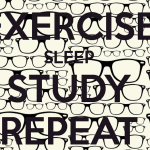








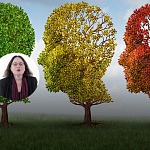

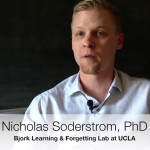



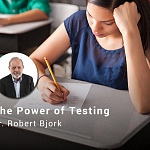
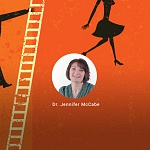



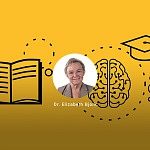







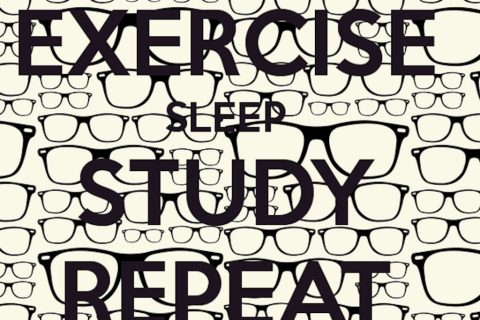
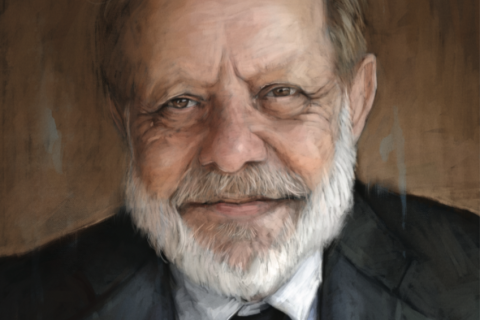

Leave a Reply
You must be logged in to post a comment.